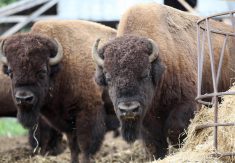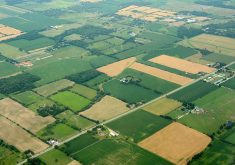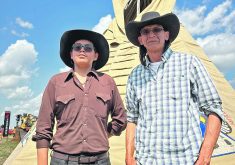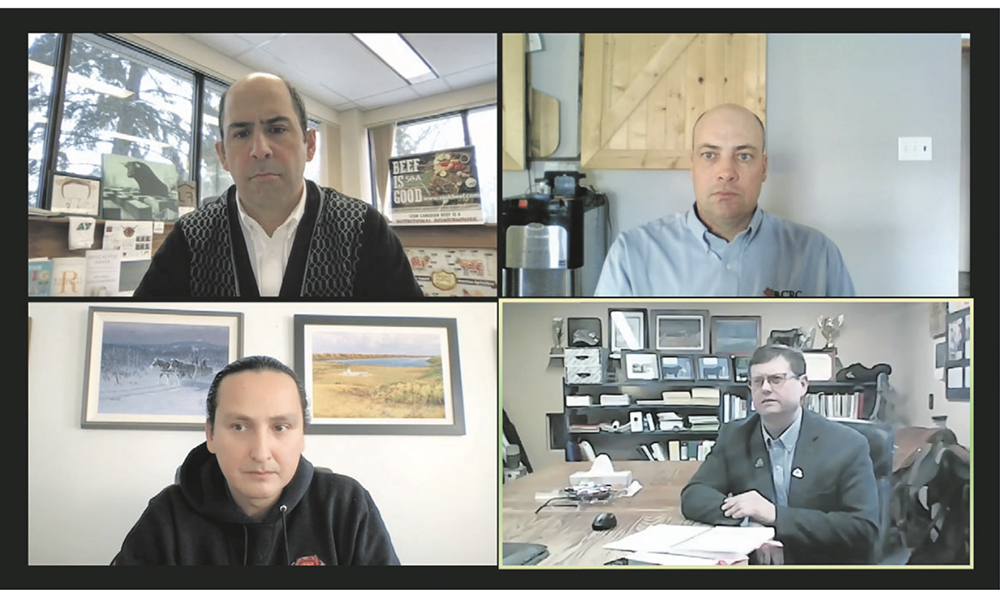Many employers, at least in the food industry, aren’t interested in recruiting indigenous people.
The Canadian Agricultural Human Resource Council recently surveyed agri-food businesses to see if they were interested in hiring under-represented groups. The survey asked employers if they wanted to recruit people who are newcomers to Canada, people with disabilities and indigenous people.
Employers ranked their interest on a scale of zero to five, with five being the most interested.
The result was not positive for indigenous people.
When the responses were totalled the average ranking was 0.5 for indigenous people, the lowest of all categories.
Read Also

India slaps 30 per cent import duty on yellow peas
India has imposed a 30 per cent duty on yellow pea imports with a bill of lading date on or after Nov. 1, 2025.
Related stories:
- First Nation launches job training program with pork processor
- Cultural divide separates farmers, Indigenous workers
There could be a number of reasons for the low ranking. Previous experience with First Nations people who showed up late for work or didn’t show up at all may have played a role.
The reasons can be debated but there’s no debate about a broader reality — indigenous people are younger than the rest of society and their population is booming:
- From 2006 to 2011 the indigenous population, First Nations, Inuit and Metis, grew by 20.1 percent. In that same period the non-indigenous population of Canada grew by 5.2 percent.
- The median age of indigenous people in Canada was 28 years in 2011. That was 13 years younger than the median age for the rest of the population.
- In 2011, indigenous children aged 14 and under represented 28 percent of the total indigenous population. That’s nearly double the 16.5 percent for the non-indigenous population.
Meanwhile, the labour shortage in Canada’s agriculture sector is expected to get worse. The Canadian Agricultural Human Resources Council (CAHRC) has estimated:
- The gap between labour demand in agriculture and the number of Canadians willing to do those jobs was 59,000 in 2014. Temporary foreign workers only fill part of the gap.
- By 2025, Canada’s agricultural workforce could be short 114,000 people. It will be difficult to fill all of those jobs with temporary foreign workers.
That’s why CAHRC is investigating ways and means to expand the agricultural labour pool in Canada.
“The labour gap needs to be filled,” said Debra Hauer, CAHRC manager of labour market intelligence.
“To achieve this, we will examine groups that are currently under-represented in the agricultural workforce, particularly women and indigenous people.”















